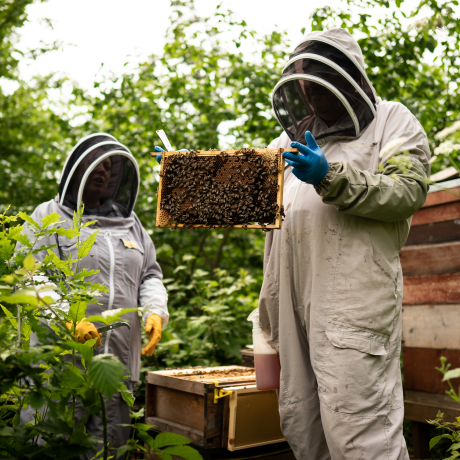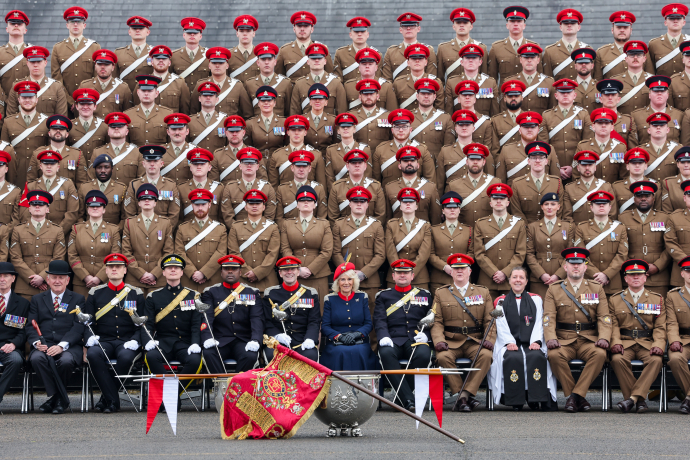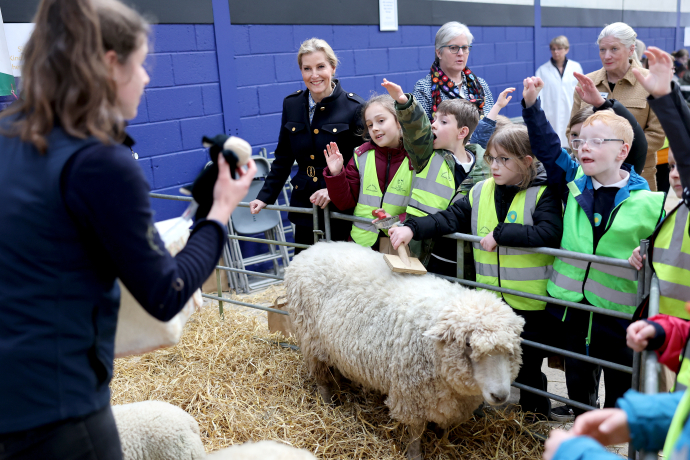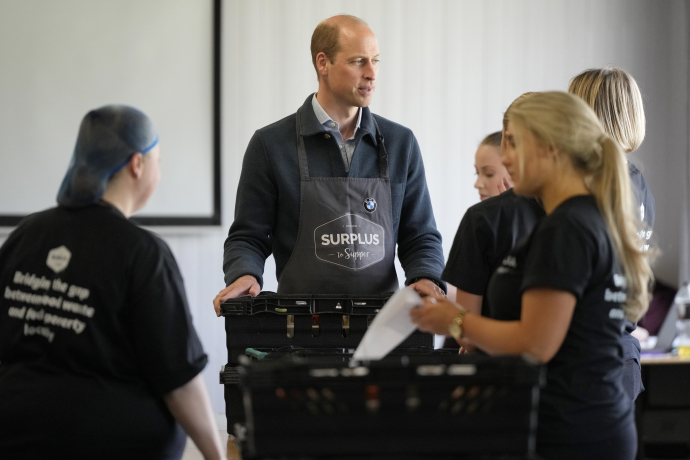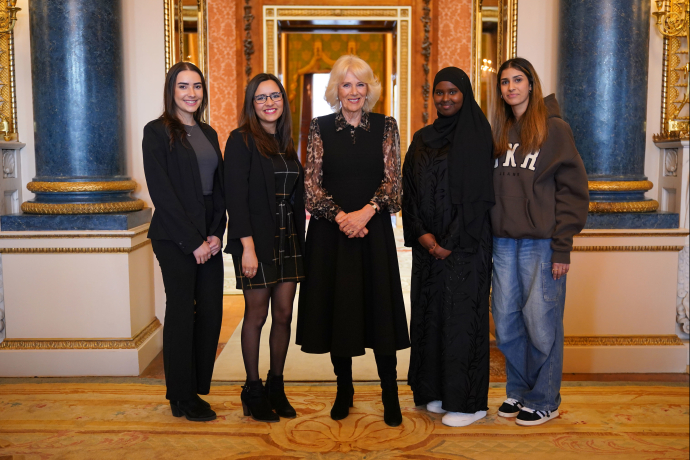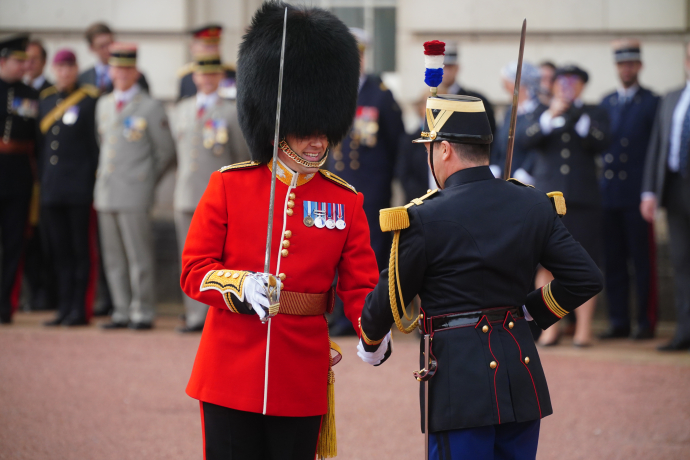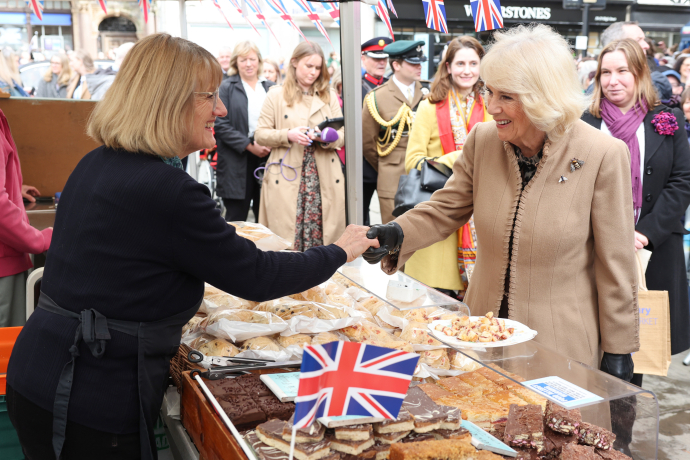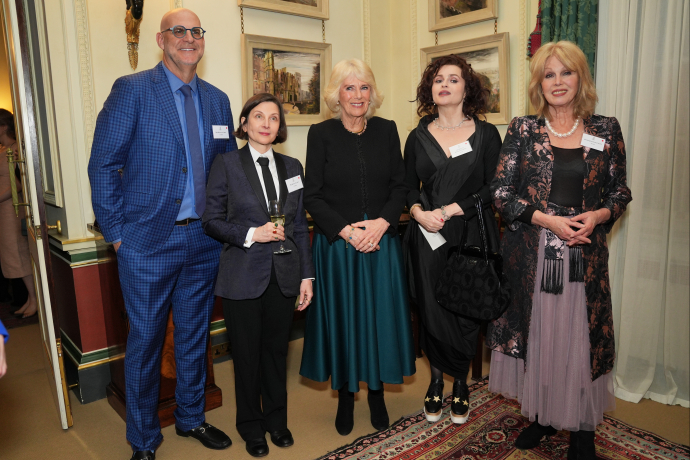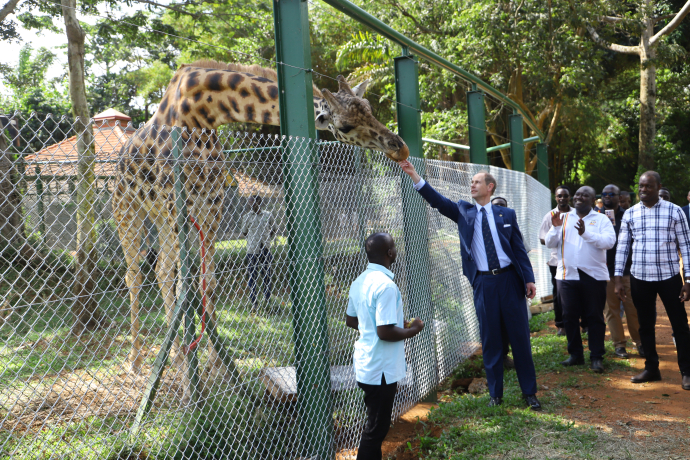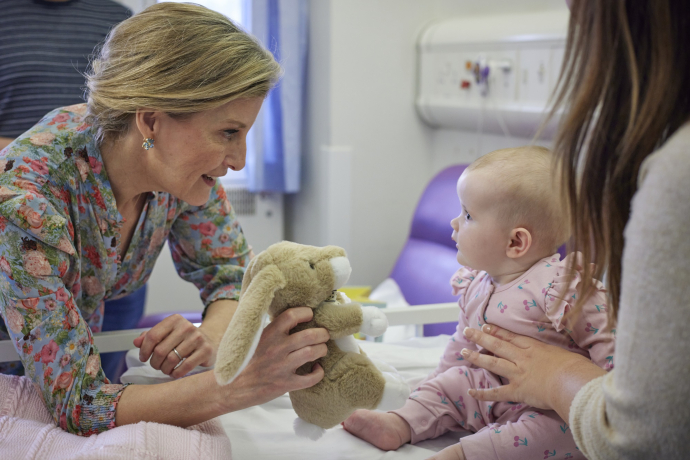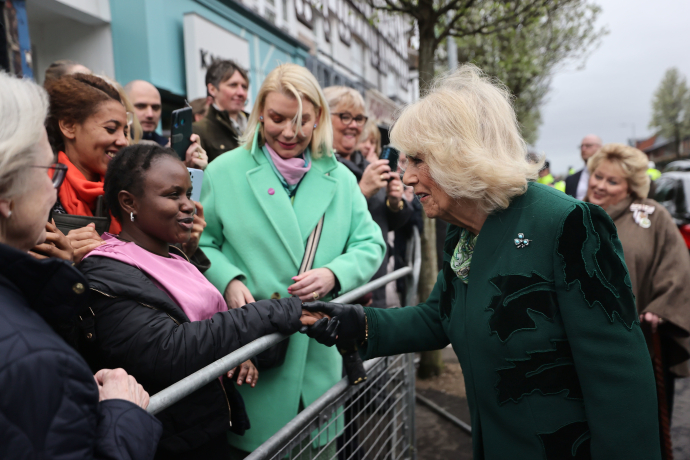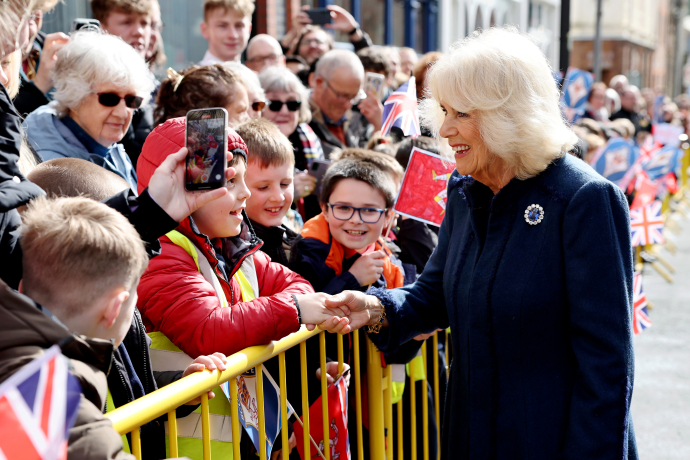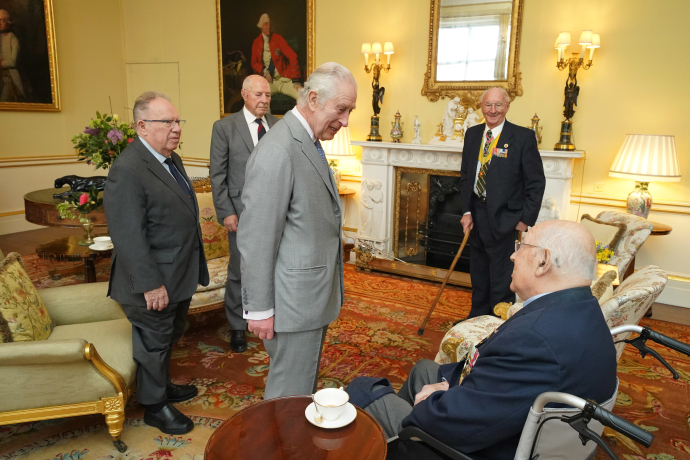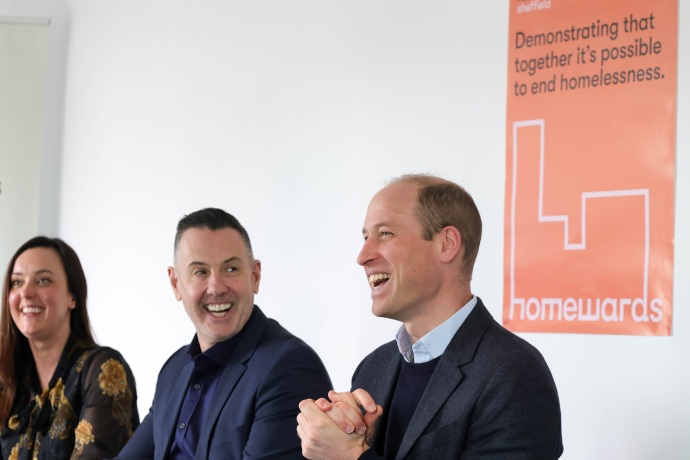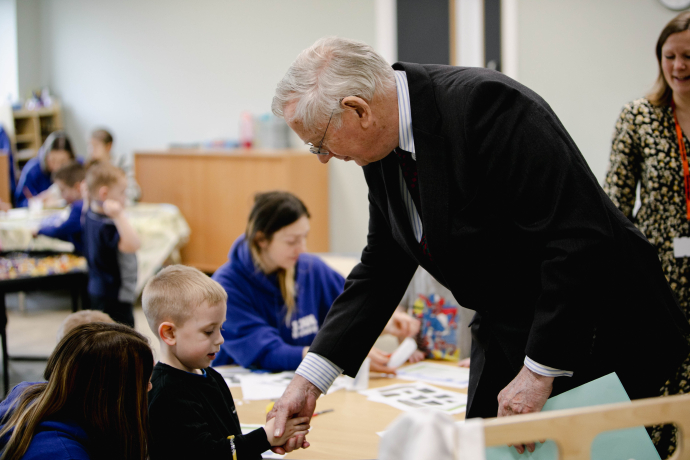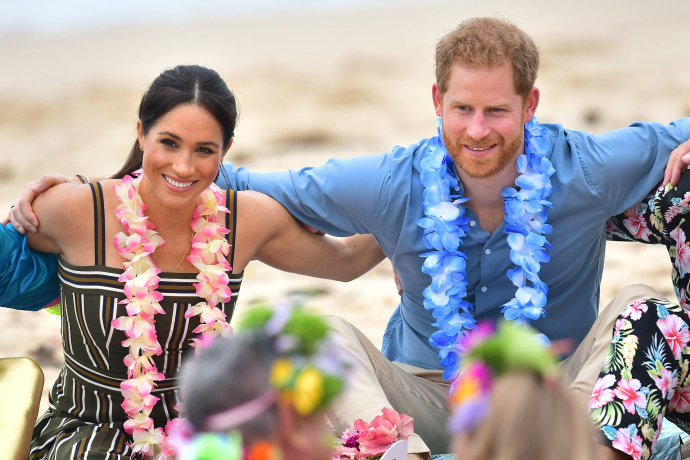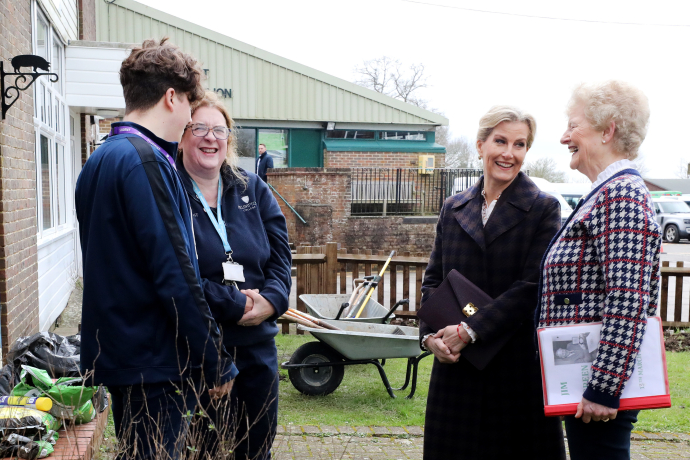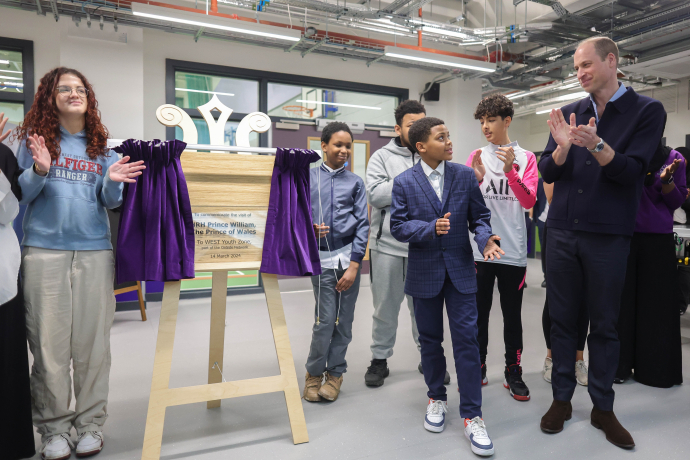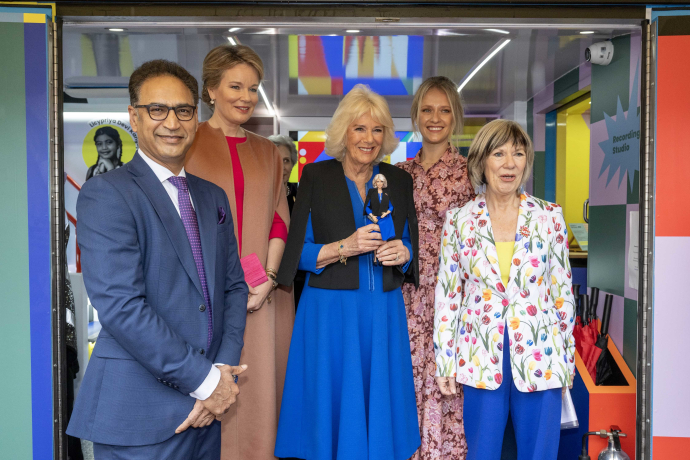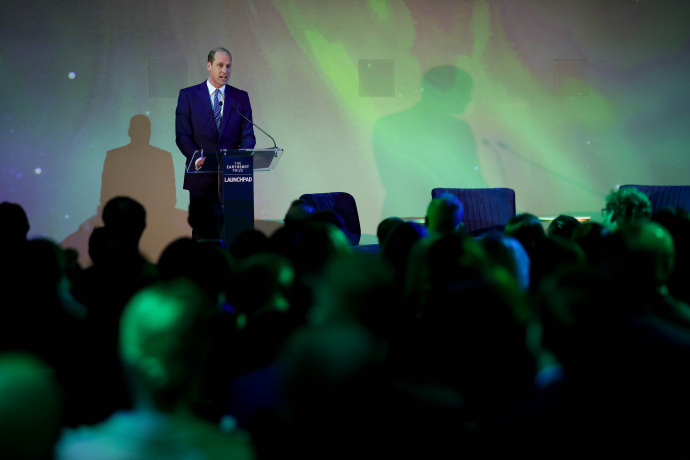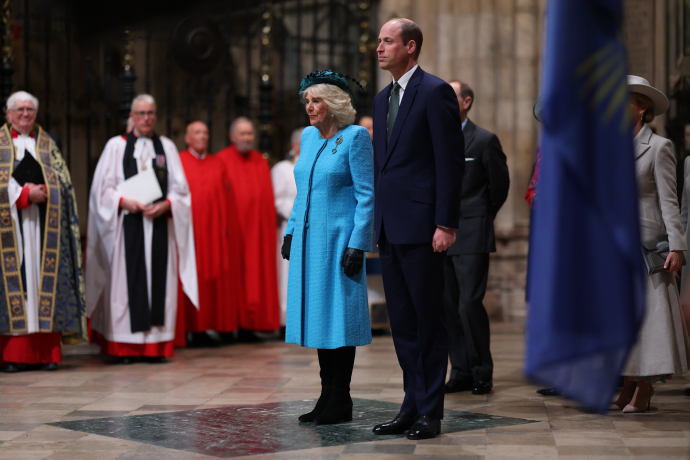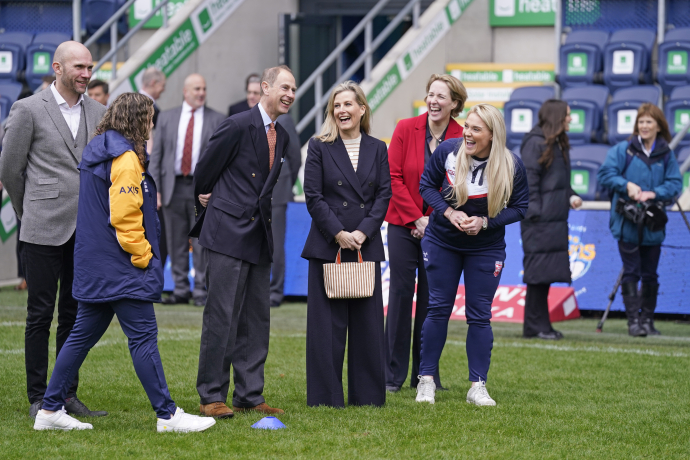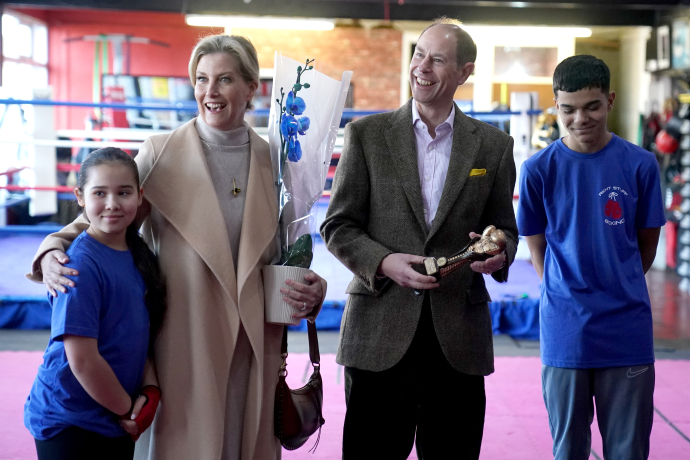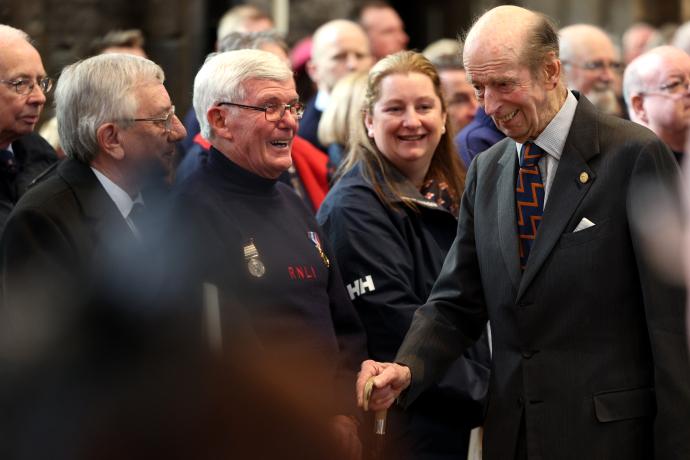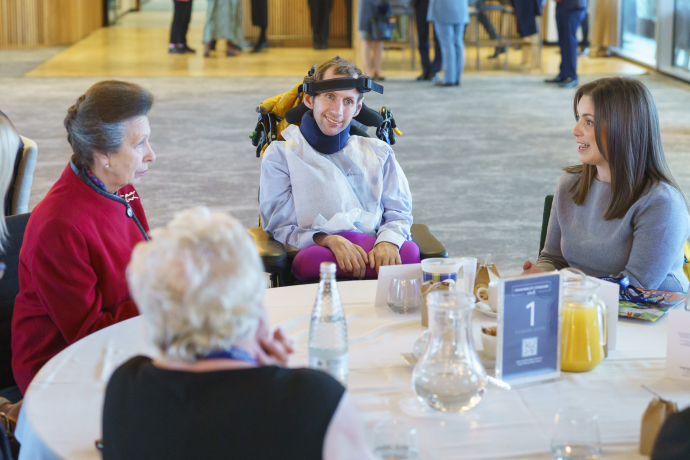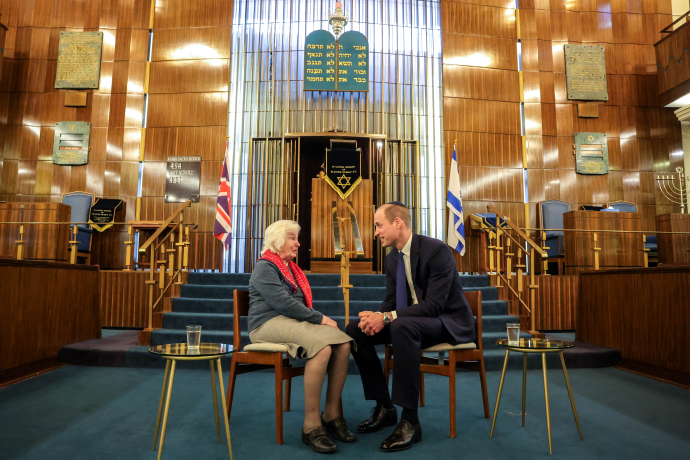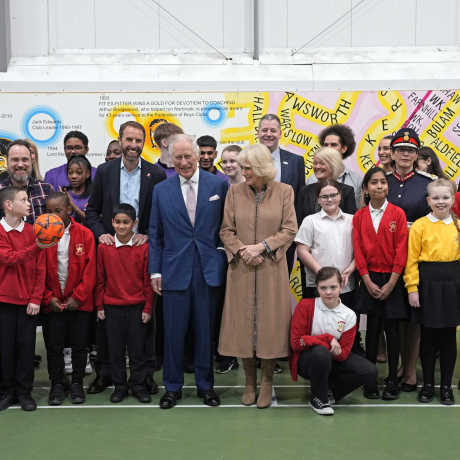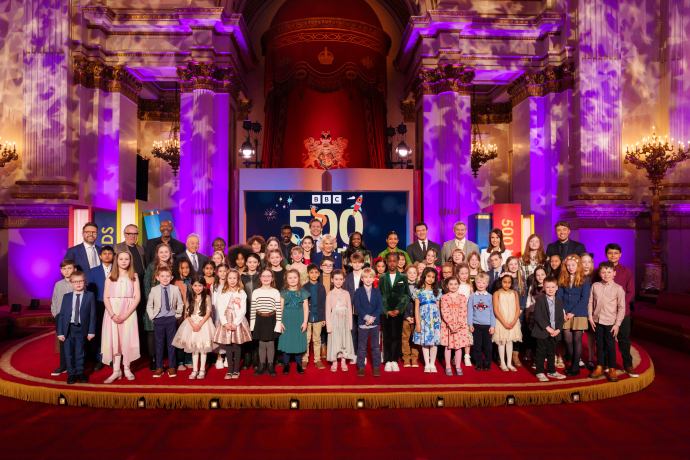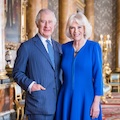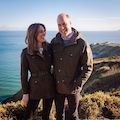Buckingham Palace is home to four beehives, which live on the island in the middle of the lake, in the centre of the Garden while Clarence House is home to two beehives which live in the Garden. The bees that call Buckingham Palace and Clarence House home forage on a wealth of nectar plants that grow on the island and in the gardens.
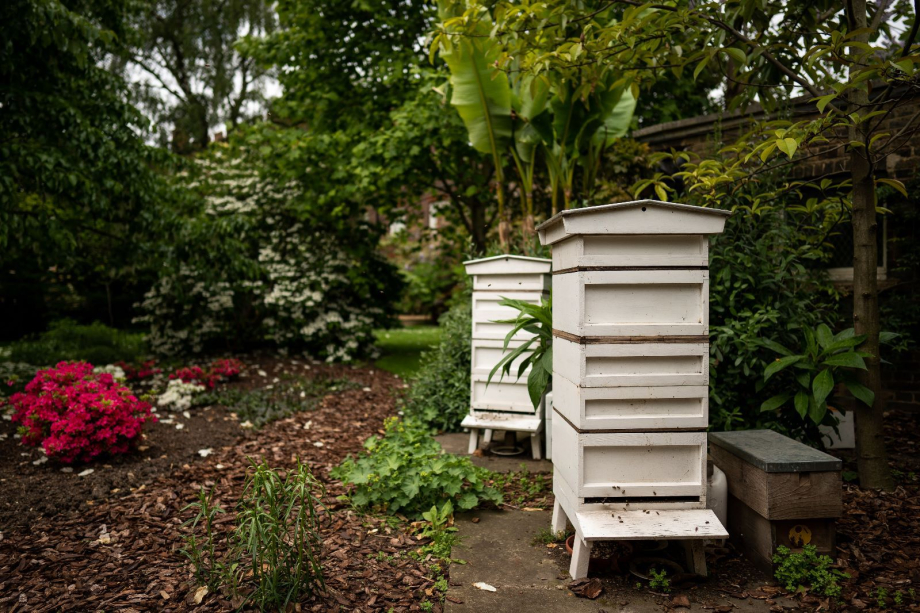
During the season, the bees produce enough honey for Buckingham Palace and Clarence House to be self-sufficient, with over 300 jars of honey produced last year for use in the Palace kitchens.
Royal bee facts
- As Duchess of Cornwall, Her Majesty The Queen became President of Bees for Development in 2020, a charity that reduces poverty and improves biodiversity in over 50 countries around the world through training beekeepers, creating a network of resources, and protecting bee habitats.
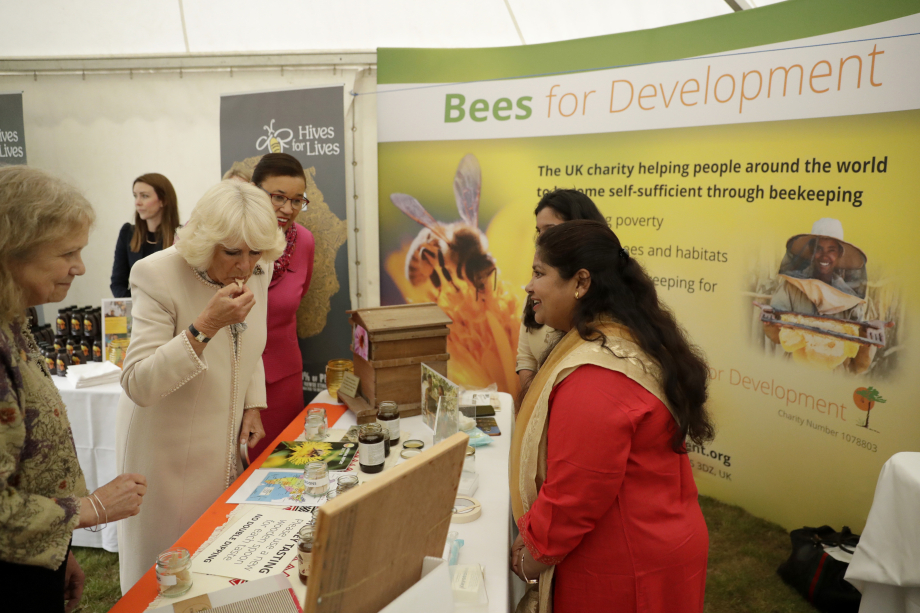
-
A keen beekeeper, The Queen produces her own honey at home in Wiltshire which is sold at Fortnum & Mason to raise money for charity. This year, funds raised by the honey will be donated to Mirabel, Nigeria’s first Sexual Assault Referral Centre. As The Duchess of Cornwall, Her Majesty became Patron in 2021.
-
His Majesty The King enjoys a spoonful of honey in his tea.
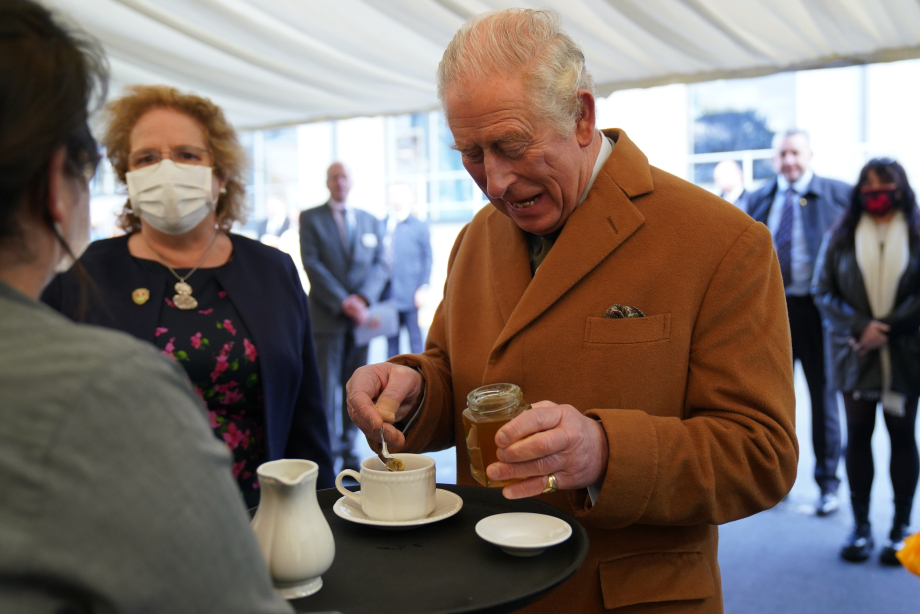
-
Buckingham Palace honey is used by Palace chefs throughout the year for guests at events, Garden Parties and receptions. The honey is often served in honey madeleines, as a filling for chocolate truffles or in honey and cream sponge.
-
The late Queen Elizabeth II was very proud of the honey produced at Buckingham Palace and even gave a jar to Pope Francis as an official gift at their first meeting in 2014.
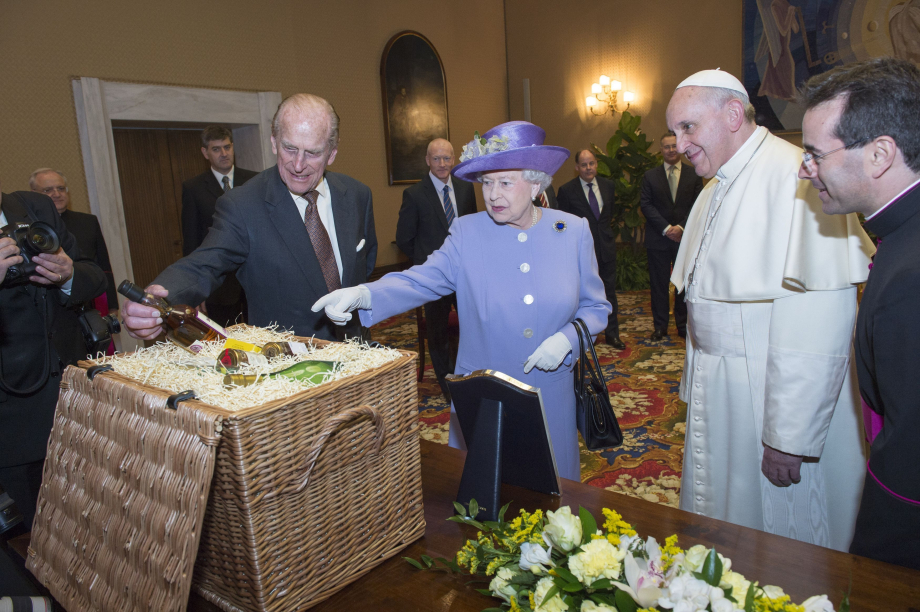
- The two beehives at Clarence House are home to over 90,000 bees and produce around 40lbs of honey a year.
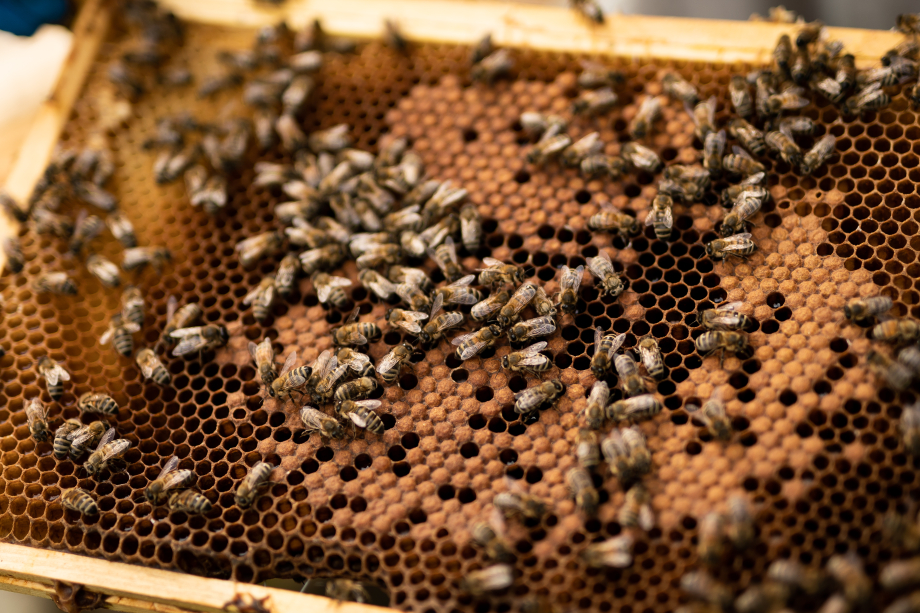
-
In July 2021, Queen Elizabeth II met beekeepers at the Children's Wood Project in Glasgow, a community hub which provides outdoor learning activities for children. Her Majesty was gifted with a jar of homemade honey from the hives.
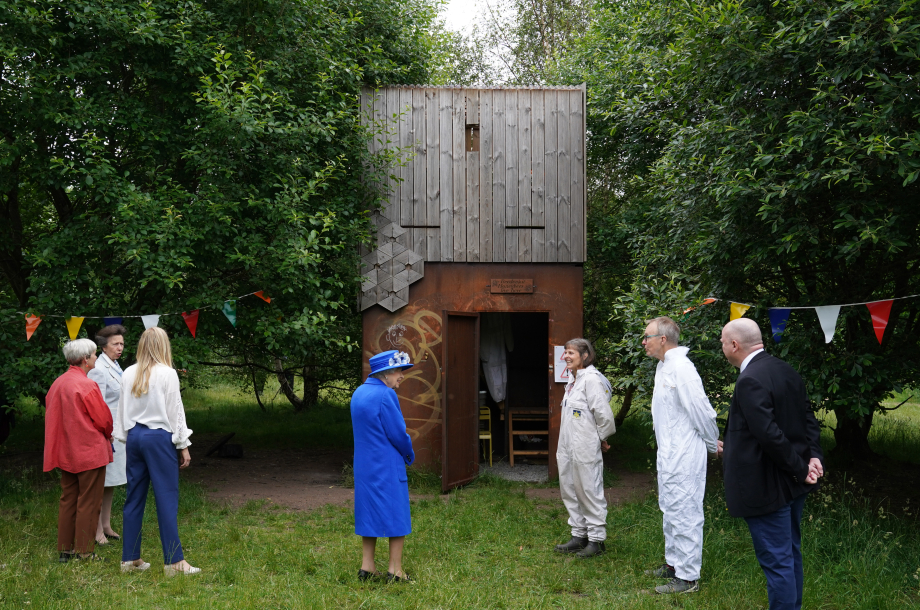
-
At Balmoral and Highgrove, bee friendly flowers are planted in the garden to encourage wild bees and other pollinators.
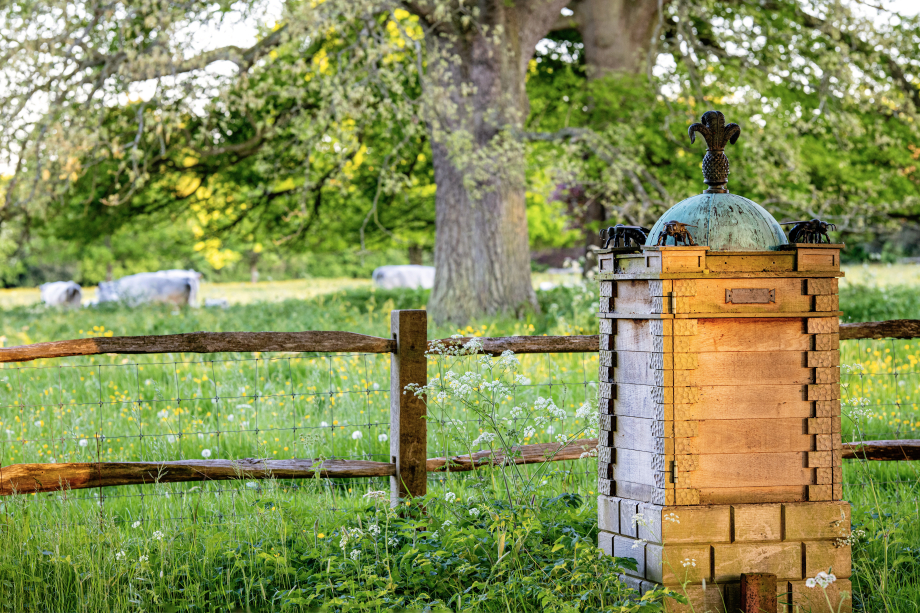
-
At Sandringham, there are a number of beehives, with each batch of honey having its own distinct flavour depending on where the beehives are situated at time of collection. The honey could have notes of the lime trees which line the roads at Sandringham, or heather and lavender.
-
The Princess of Wales keeps bees at Anmer Hall and brought a jar of the honey from the hives for schoolchildren to try on a visit to the Natural History Museum's new biodiversity hub in June 2021.

